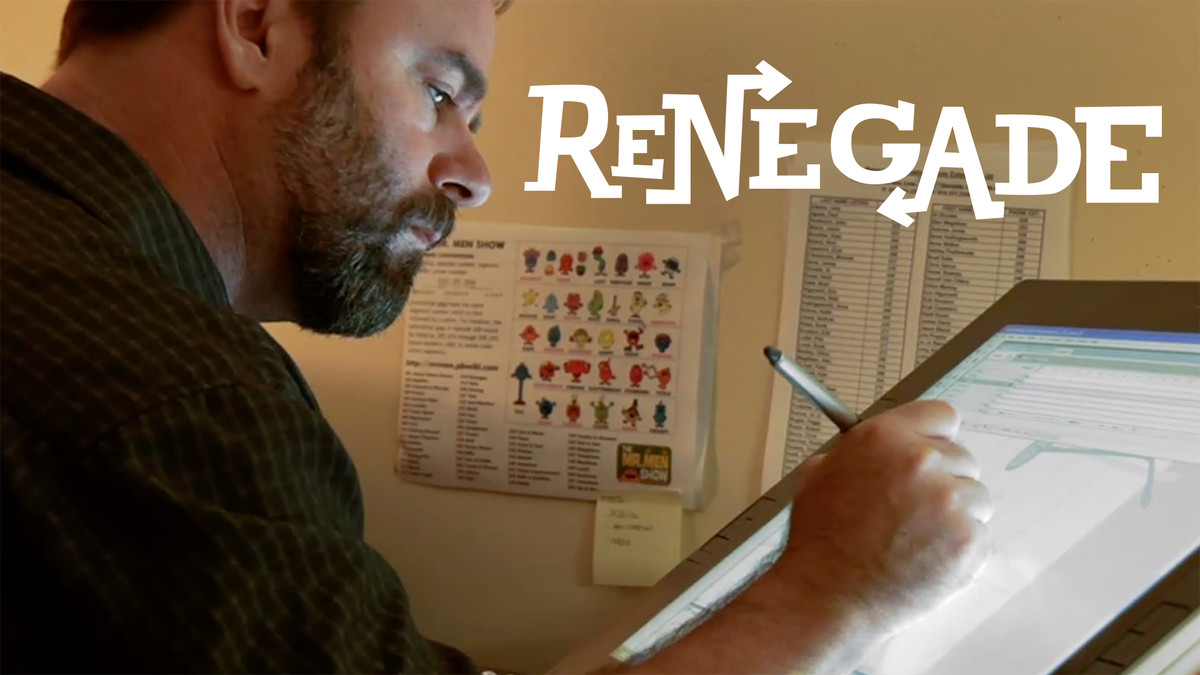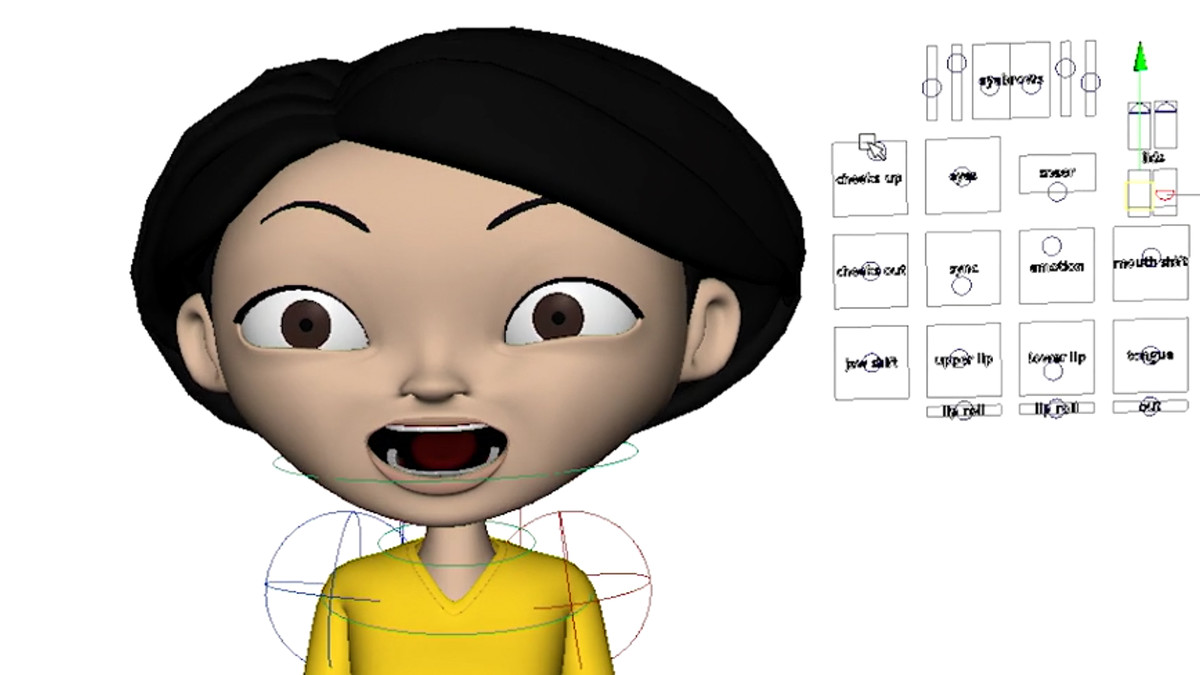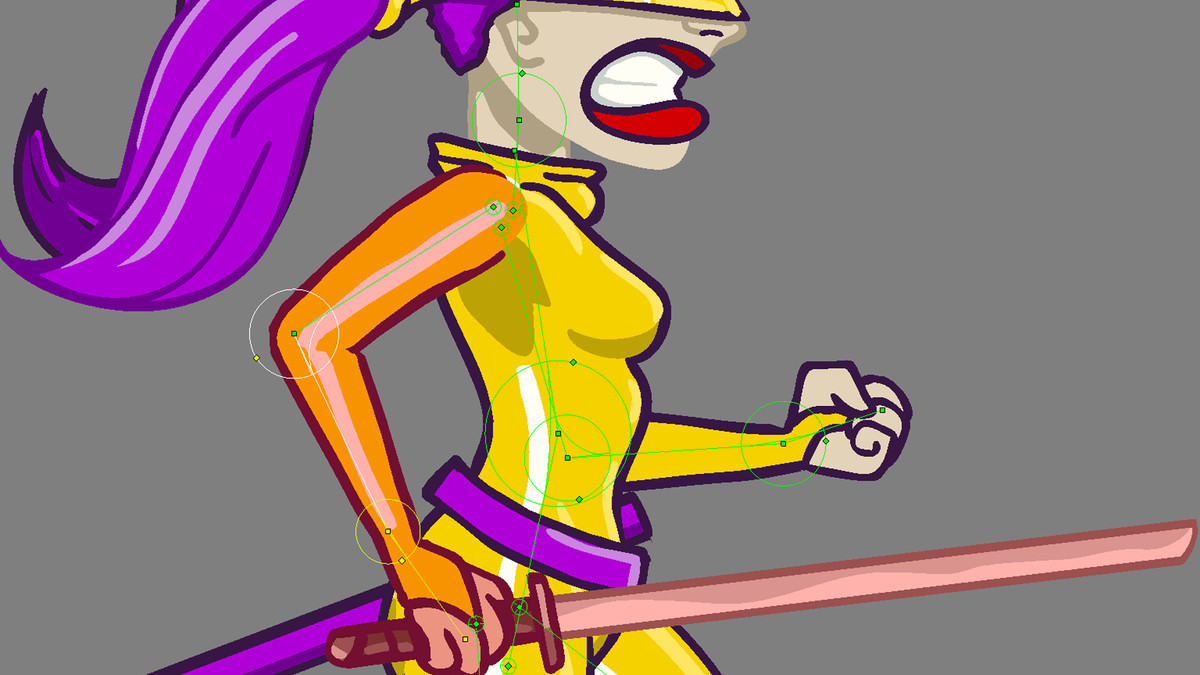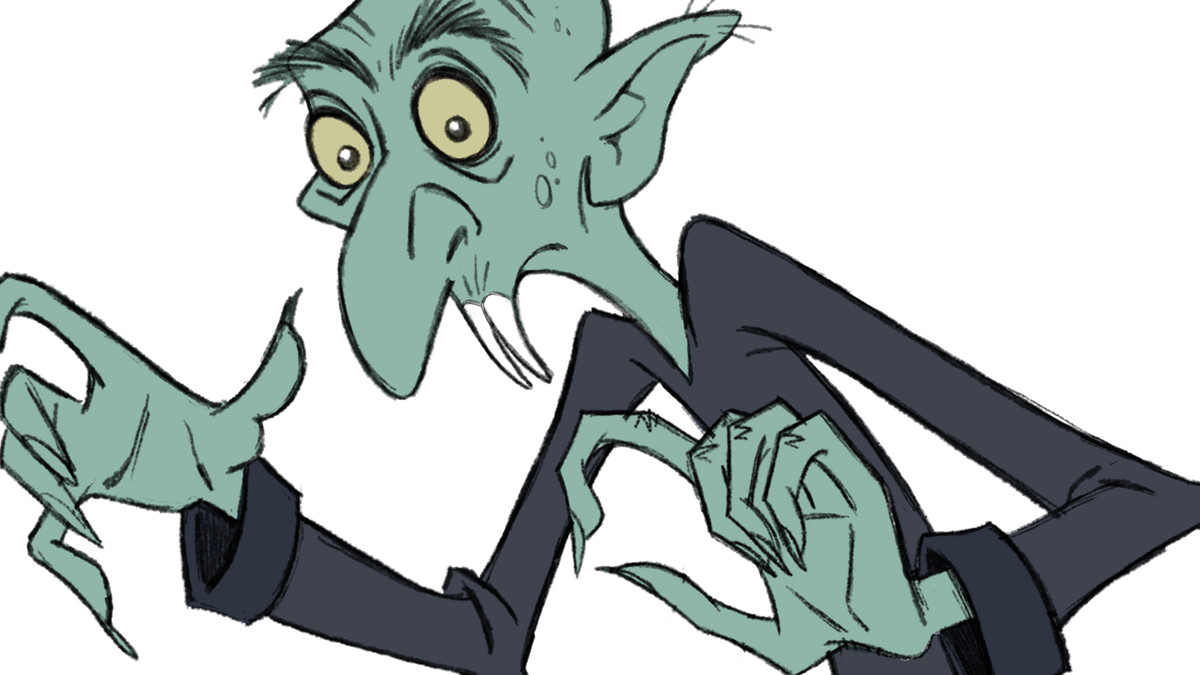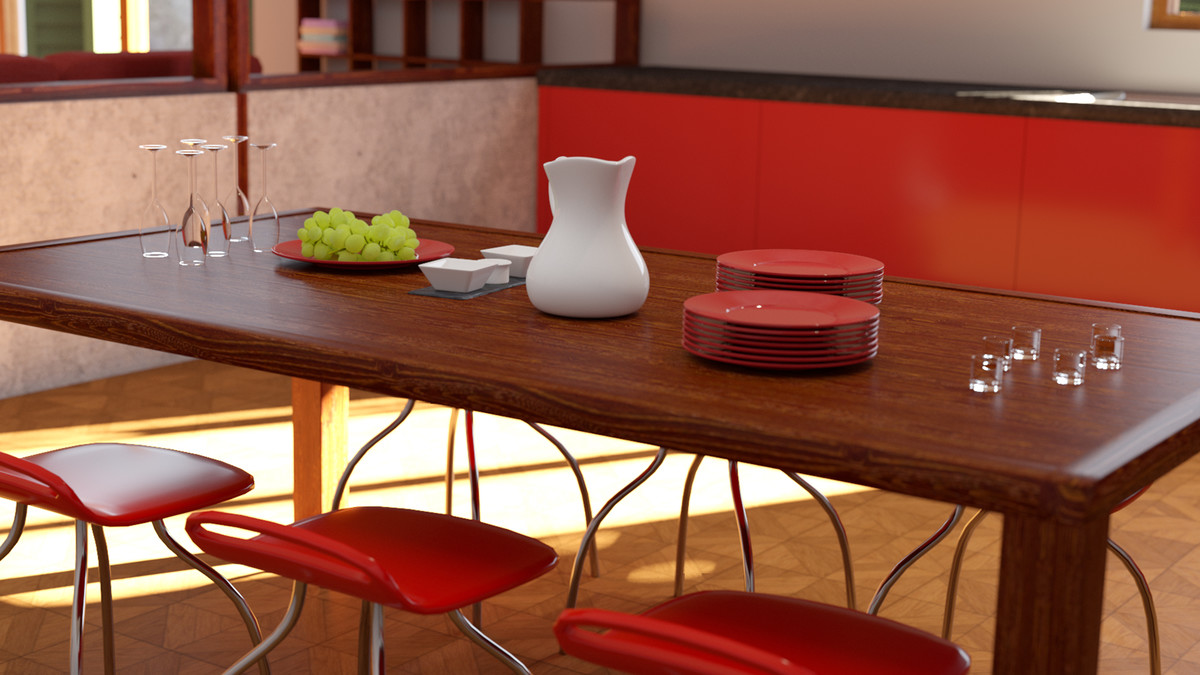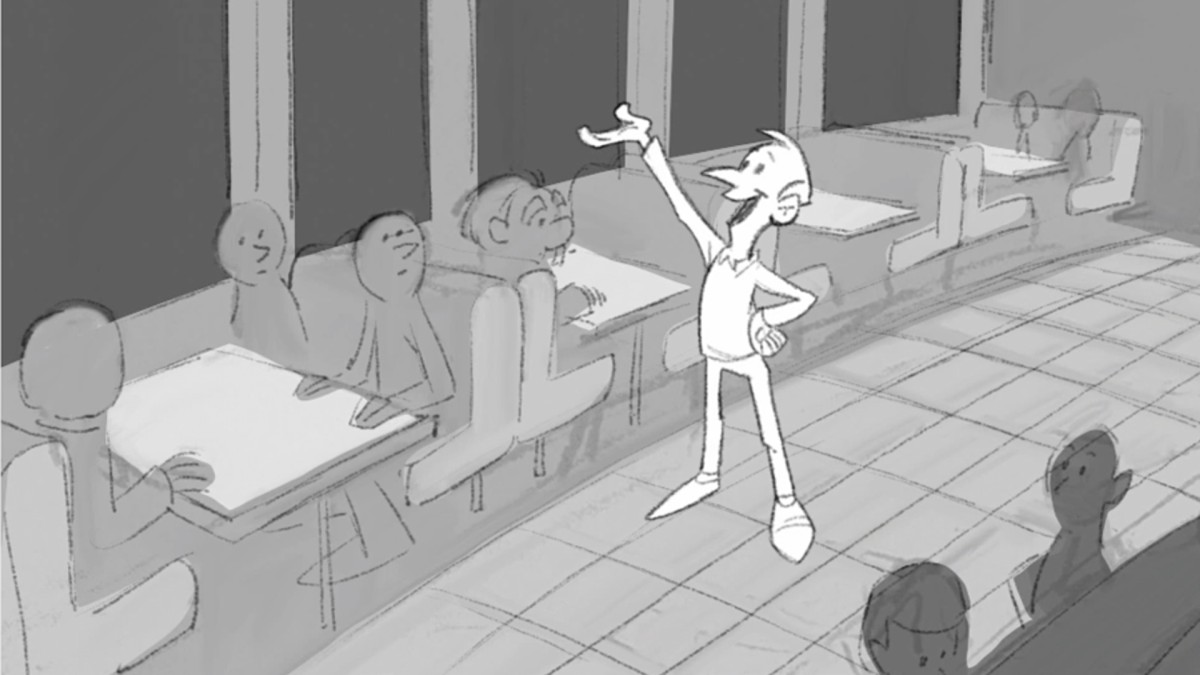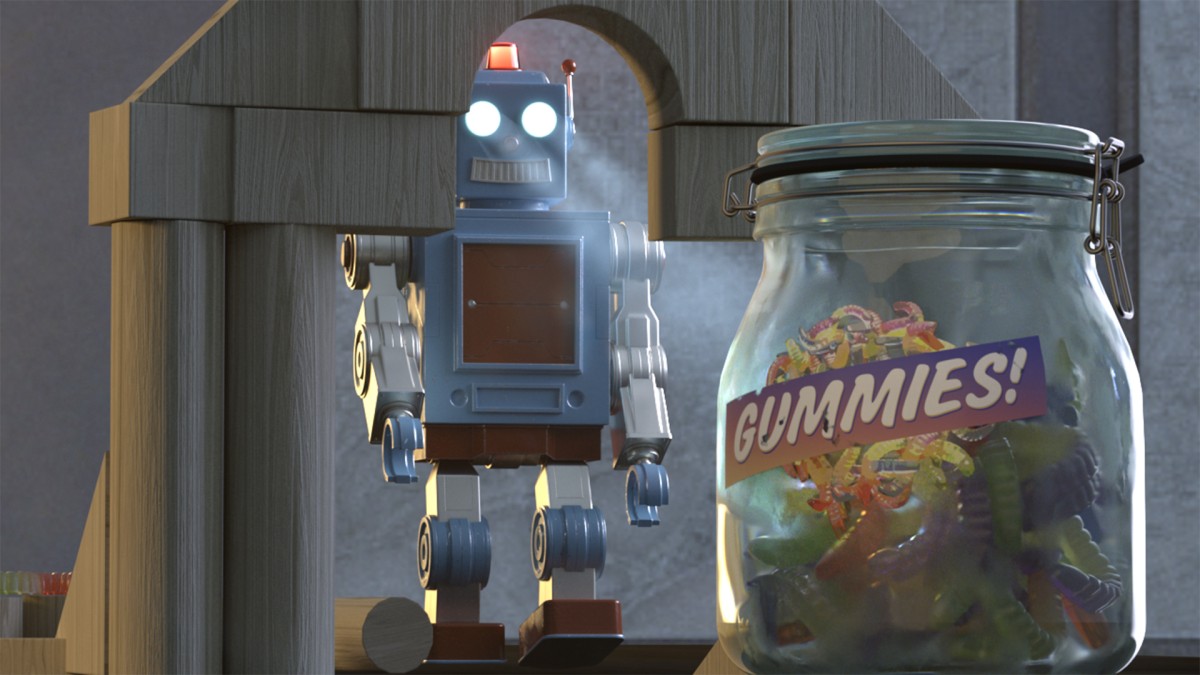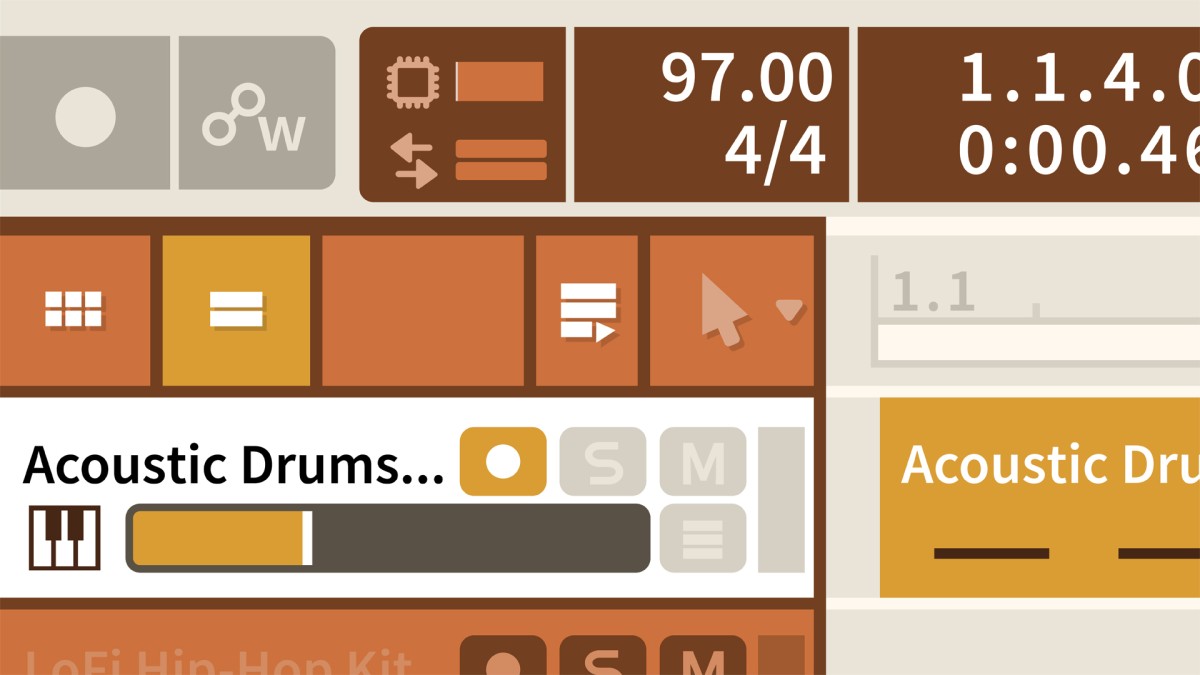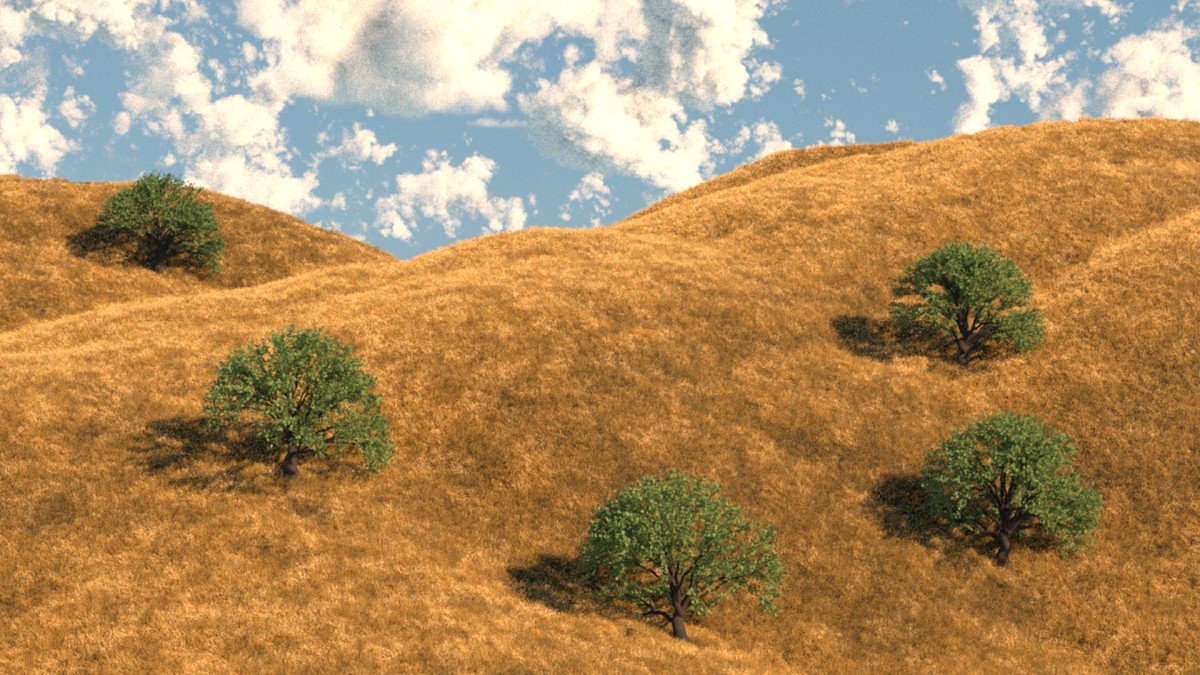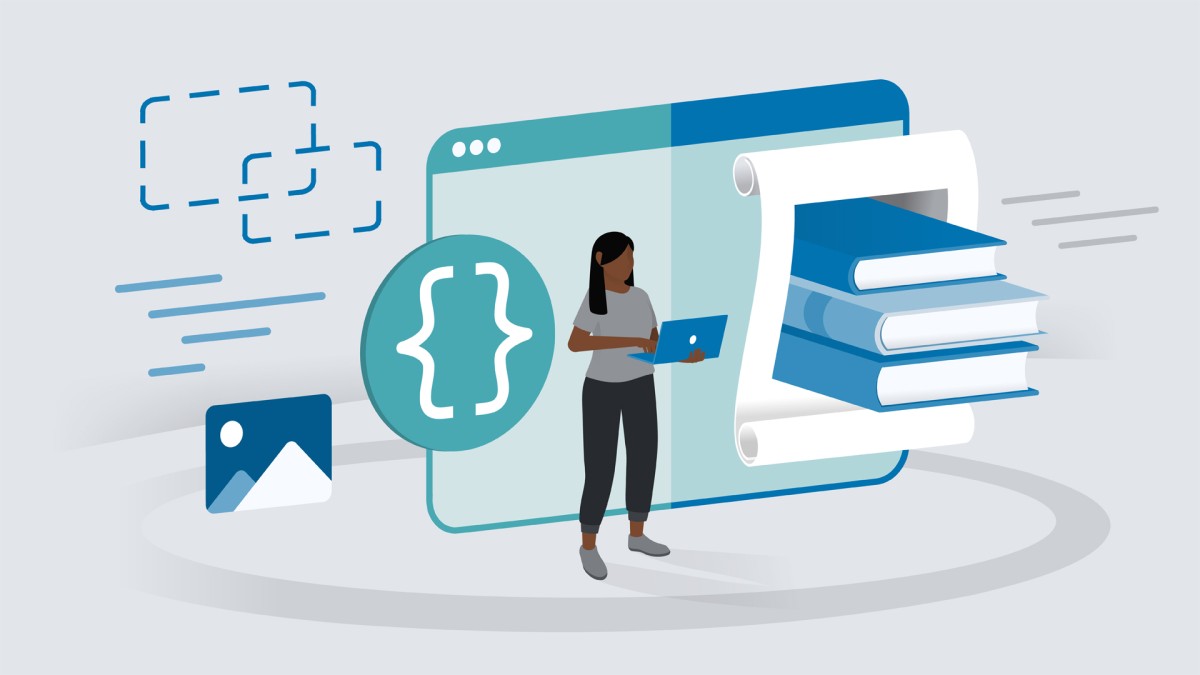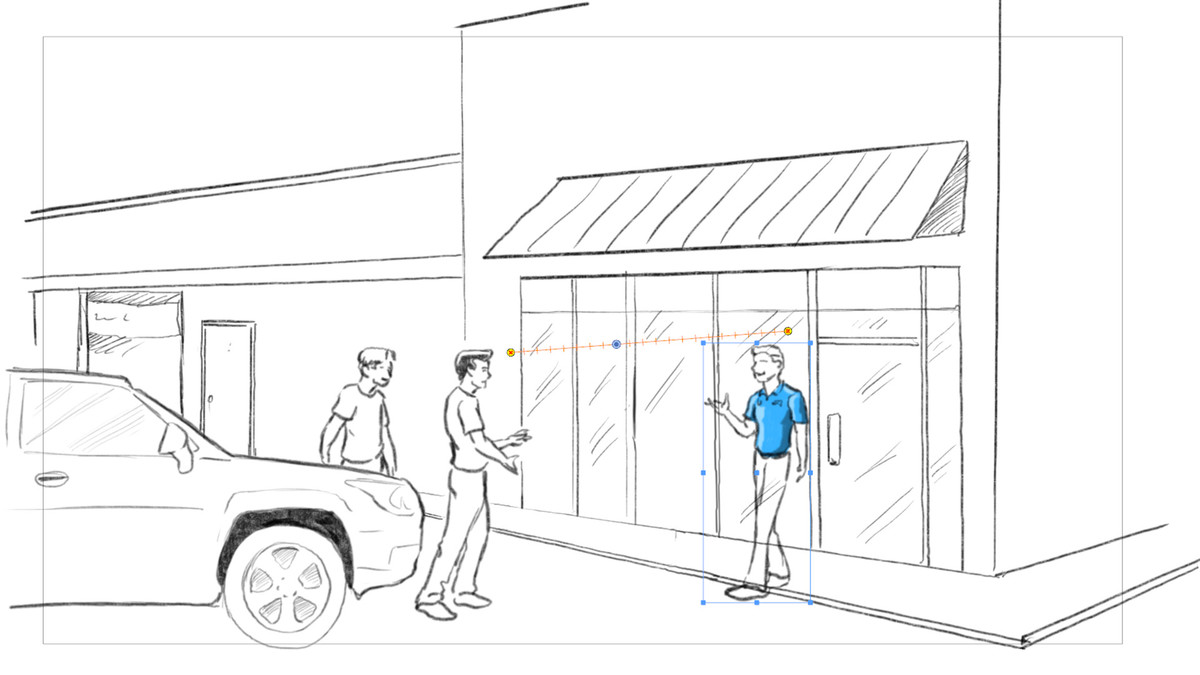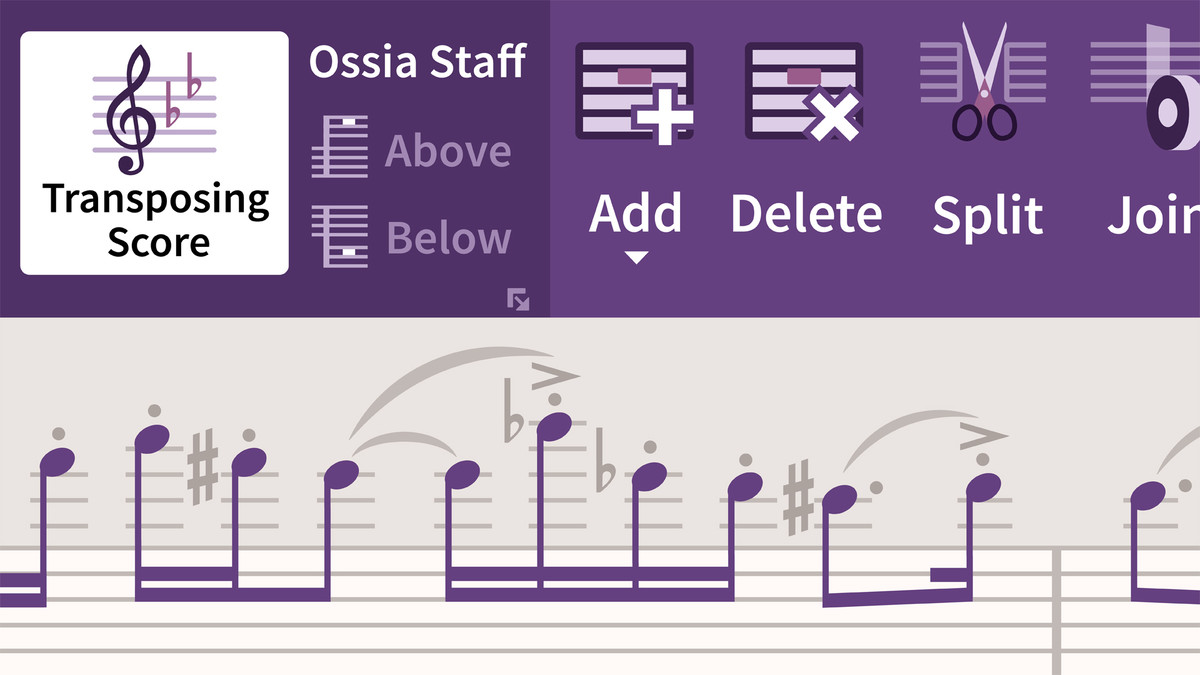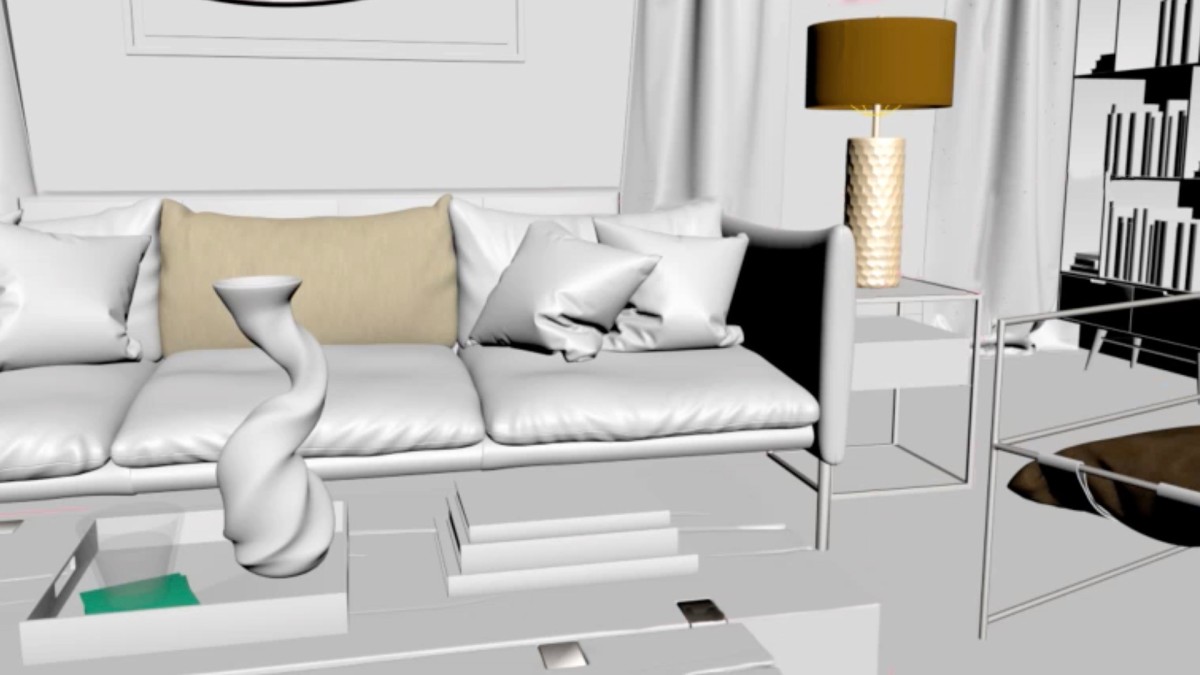Introduction
Welcome
()
What you should know before watching this course
()
Storyboard Pro versions
()
Using the exercise files
()
1. Intro to Storyboarding
The purpose of storyboarding
()
The benefits of storyboards for a production
()
The differences between live-action and animation storyboards
()
Why move from paper to digital drawing in Storyboard Pro?
()
2. Setting Up Files
How to open and set up a new Storyboard Pro file
()
How to open and set up a new Storyboard Pro file
()
Saving and backing up Storyboard Pro files
()
How to move Storyboard Pro files and folders
()
3. Understanding the Workspace
An overview of the workspace
()
Workspace overview
()
Workspace layout options
()
Edit Stage view
()
Stage view grids
()
Zoom, rotate and move around in the workspace
()
Navigation toolbar
()
Zoom timeline
()
Working with the Panel view dialog, text, and tools
()
4. Reviewing the Timeline
Setting default times for new panels
()
Timeline markers
()
Moving, splitting, and combining panels and scenes
()
Adding audio tracks
()
Add a video track
()
Import video to a video track
()
Reposition a video track
()
Using video tracks
()
Edit video track
()
Create a background layer for an entire shot or scene
()
Edit background layer in entire shot/scene
()
5. Understanding Layers
The basics of bitmap vs. vector layers
()
Using layers to speed up your work
()
Adding, duplicating, copying, pasting, and deleting a layer
()
Importing an image as a layer or scene
()
Understanding naming, ordering, and default layers
()
Group layers
()
Coloring grouped layers
()
Understanding layer adjustments
()
Radial and directional blurs
()
Blurring a layer
()
6. Using the Drawing Tools
Types of brushes
()
Creating, editing, and deleting custom brushes
()
Resize Brushes
()
Using the Draw Behind tool
()
Smoother lines with stabilizer and pulled strings
()
Using a dynamic brush
()
Using the Light Table and the Onion Skin
()
Choosing, editing, and saving colors
()
Stamp tool
()
Using shape tools
()
Working with paint (fill)
()
Automatically fill layers using Generate Auto-Matte
()
Guides and vanishing points
()
7. Editing Drawings
Select elements of your drawing
()
Moving, scaling, stretching, and skewing drawings
()
How to edit contours and add perspective to your drawings
()
Flipping an image horizontally or vertically
()
Flip scenes
()
8. Text and Captions
Adding text to images
()
Editing your visual text
()
Importing and using your script
()
9. Libraries
What are libraries, and how do you use them?
()
Saving images and panels to a library for reuse
()
Import images and audio from a library
()
10. Camera
Using keyframes for camera motion
()
Editing camera motion
()
Resetting the camera
()
11. Animatics
Import as shots, scenes, or layers
()
Import graphics into a video track
()
Import 3D object into 3D scene
()
Import 3D image into 2D scene
()
Animating layers and using Layer Transform
()
Adding keyframes to layers
()
Import graphics into a video track
()
Editing Layer Transform
()
Moving and transforming grouped layers
()
Motion editor
()
Navigating layer keyframes
()
Changing timings and slide edits
()
Adding transitions to your scenes
()
Change timing and slide edits
()
Animatic Editing mode
()
12. Working with Audio
Adding and organizing your audio tracks
()
Importing audio
()
Editing audio
()
Recording audio directly onto the timeline
()
13. Numbering
Numbering scenes and shots in animation vs. live-action projects
()
Editing and locking scene numbers
()
Auto-renaming scenes
()
14. Exporting Files
Setting layer export options
()
Exporting to PDF
()
Exporting to movie
()
Exporting to bitmaps and PSDs
()
Exporting to Harmony and Animate files
()
Exporting audio soundtracks
()
15. Tracking Changes and Notes
Tracking notes as well as changes and edits to your boards
()
Tracking and validating changes
()
Ex_Files_TB_Storyboard.zip
(3.3 GB)
